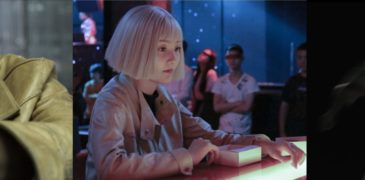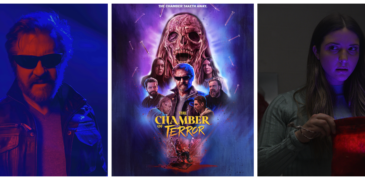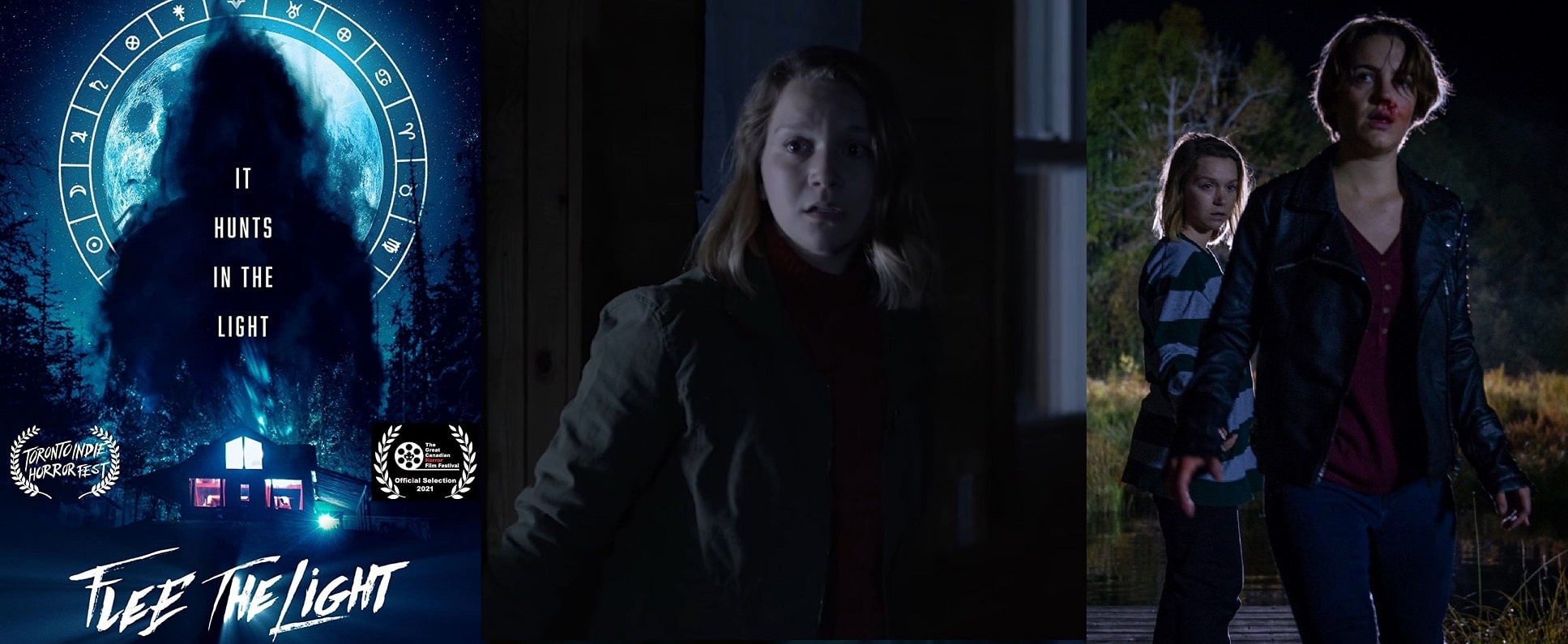
Flee the Light, the first feature film from Toronto-based production company Mythic Trips, is an indie mystical horror-thriller about two sisters who find themselves in the crosshairs of an ancient creature and must fight for their souls. Directed by Alexandra Senza and written by Jennifer Mancini, it is inspired by the existence of a clandestine bar built on a mystical power vortex, with Mancini drawing from her real-life experience as a patron of such a place. The movie absolutely gets the atmosphere and the witchcraft aspects right, leaving much of the story open to interpretation, but the ending might come across as being too ambiguous to those unwilling to ponder over the movie’s themes and decide what it actually means for themselves.
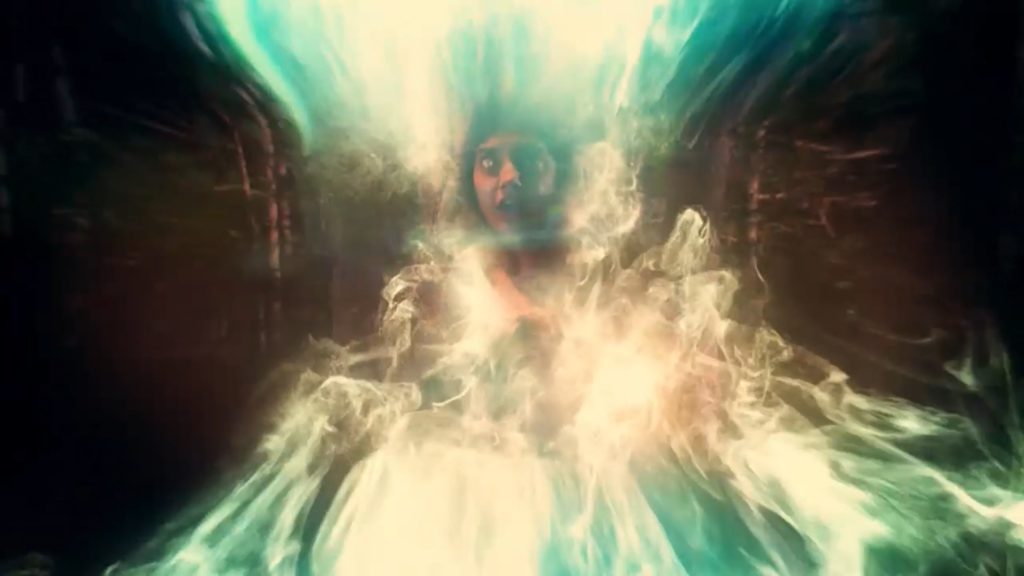
Annie Tuma and Ariana Marquis star as sisters Andra and Delfi – Andra is a psychology student with an interest in Ericksonian therapy, while Delfi is struggling with her day to day life because of a strange illness – she is constantly feeling exhausted and on edge, having visions of a woman engulfed by light. Andra, who initially comes off as the stronger, more rational personality, advises her sister to seek professional help, but Delfi is one step ahead of her: they go to a doctor interested in the occult who points out that the source of the illness might be mystical. He’s not equipped to handle that, so he gives them the contact information of a witch, urging the sisters to contact her as soon as possible.
From this point on, Andra and Delfi’s paths diverge – Andra begins to accept the fact that a rational approach might not cure her sister at all, and is told to seek a ‘lantern’, an object to guide her. Delfi has a vision of an ancient ritual, is able to pinpoint the place where it occurred (a forest in North Bay, Ontario which is now a meeting place for practitioners), gaining a guide of her own, a wolf. After the introduction of a love interest together with a plot twist that turns the movie on its head, Flee the Light has about 50 minutes left to tackle the themes of sisterhood, community, legacy, grief and sacrifice, while resorting to body-horror imagery, becoming more of a ‘possession-horror’ film. It also keeps things ambiguous with regards to the nature of the creature that is hunting the sisters – viewers who feel that there is something more to the ending and the movie’s message might find themselves researching the finer details of witchcraft and the struggle that comes with it.
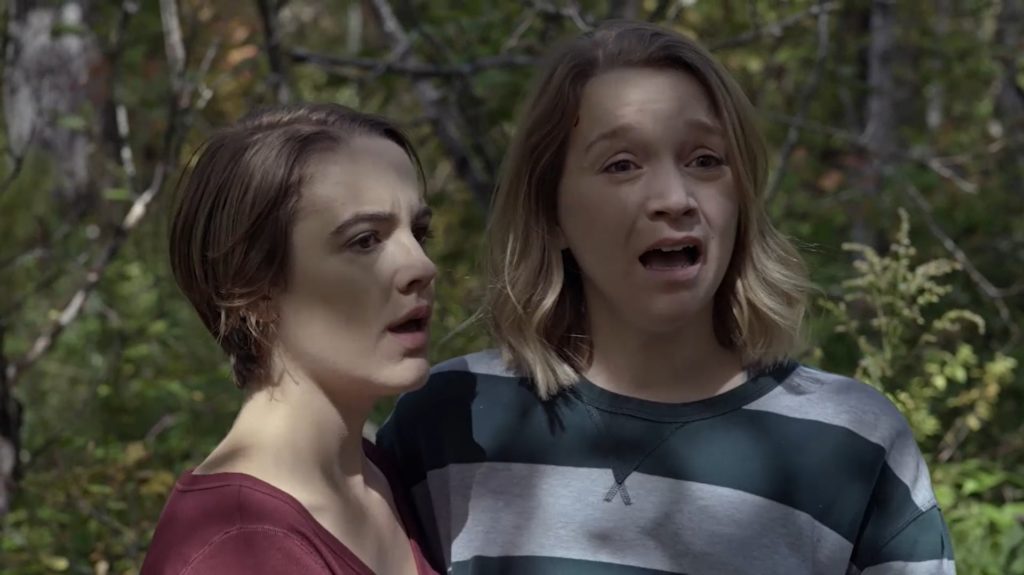
Modern witchcraft is a movement that has gained a lot of mainstream attention in the past decade. “We are the granddaughters of the witches you weren’t able to burn” is a famous quote from author Tish Thawer, and the symbol of the witch represents female empowerment, being invoked in the name of finding one’s strength when confronted with the patriarchal order, with the ultimate goal being that of liberation. But it’s not just about the symbol – modern witches practice magic ranging from: a mild interest in spells, Tarot cards, healing magic crystals, life-long dedication to their domain and being part of a coven. Although not all witches are Wiccans, Wicca is very much a religion of our times, with practitioners placing their faith in the Goddess and partaking in yearly rituals known as Sabbats.
Anthropological studies of witchcraft that see it as no different that Christianity and regard the American obsession with the witch as a fascination with ‘evil’, along with articles describing the more trendy, capitalist aspects (like covens on social networks, fashion and merchandise) are offset by the accounts of women who describe themselves as real witches, like in the Timearticle ‘Yes, Witches are real. I know this because I am one‘ by Pam Grossman. In all of media, there is the so-called ‘Witch Wave’, with the witch as likely the hero as the villain. In music, there is the witch-house aesthetic, and witch-themed videos like Jenny Hval’s ‘Sabbath’. In literature, there is Naomi Alderman’s ‘The Power’, in which women develop electrical powers, becoming the dominant gender, but are hunted like the witches of the Middle Ages in some areas. Lastly, in film, there is the recent ‘The Craft: Legacy’, which fixes a lot of the problematic aspects of the original movie, but is reviled by many fans of that one, who resonated more with the message of a powerful witch being corrupted by her power than with that of a coven with apparently zero flaws battling toxic masculinity.
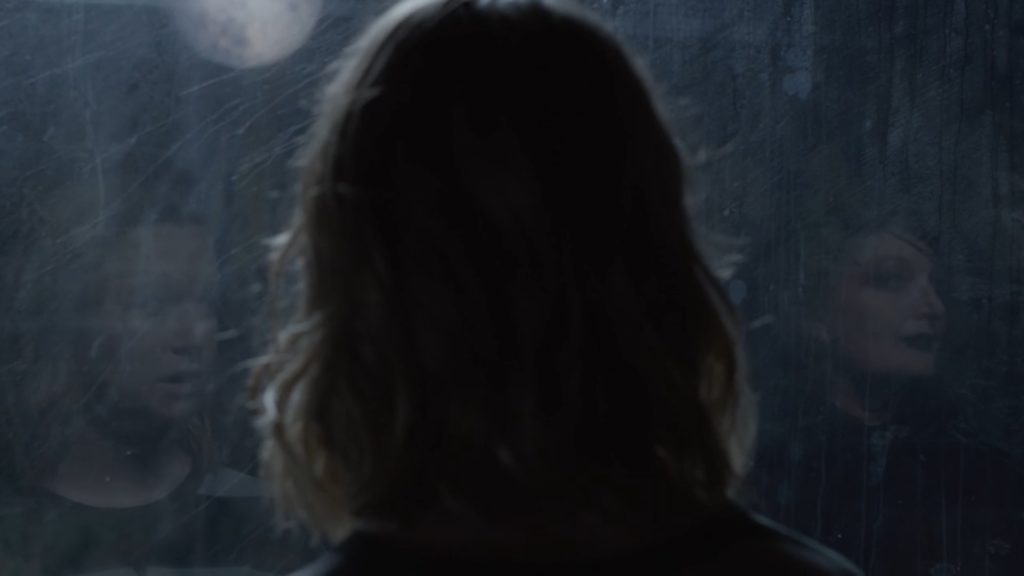
Indeed, both ‘Craft’ movies and the directions they ultimately take seem to be valuable tools towards deciphering the meaning behind Flee The Light. By practicing magic under the full moon, witches place themselves in the sights of a dangerous force, and resisting it is a matter of personal sacrifice, but also about ‘growing’ as a witch – recognizing oneself as part of a greater whole. The creature which preys on witches, a result of a centuries-old cycle, could be a metaphor for the persecution of these women throughout history – the so-called ‘witch hunts’. The film also opens up a potent conversation about ‘old souls’ and the recycling of the spirit, and might suggest that the more powerful witches are such old souls, benefitting from many cycles of reincarnation, ancient essences possessing wisdom that ‘non-recycled souls’ are not privy to. Another way to analyze the movie’s ending is to use the ‘left-hand path vs. right-hand path’ dichotomy regarding black, selfish and malicious magic and the white, benevolent magic.
There is one glaring drawback to the movie, though, even though for many it will be its strength: its ending. While it does leave the viewer with a lot of questions and can spark interesting conversations, the story’s main thread is left dangling, the conflict unresolved, and one could say the movie ends just when it was really entering its most beguiling phase of the characters’ journey – that its ends when it had just begun. The viewer can complete the puzzle in their heads in many ways, but the movie asks them to both devote the time and find some faith in themselves to mirror the journey of the two sisters who have gradually renounced reason – something a lot of modern moviegoers will, no doubt, outright reject. But one might consider the movie’s ending a brilliant ‘intro to modern witchcraft’ if there ever was one.
Overall, Flee the Light is able to find its place in the multitude of stories about witchcraft by doing what great stories manage to do: suggest, rather than outright tell. It relies on the ambiance of Northern Ontario, creating dark, moody, atmospheric scenes, which benefit from a score and sound design created by local talent – Ben Leggett and Danny Colomby – as well as from songs by Jane Siberry, a Canadian singer-songwriter often compared to electronic pioneer Laurie Anderson. The performances from the two leads also help with drawing you in – the actor playing Delfi has a pretty challenging part and she definitely rises to the occasion. By name-dropping the ‘Power of Four’ concept and relying on purification rituals, spirit guides and vague conversations, by just leaving threads about witchcraft for the viewer to untangle, it manages to be one of the more subtle recent horror movies. If the movie had added another ten minutes to focus on the aftermath, it would have been a better movie. Likewise, if the filmmakers will ever return to this universe, Flee the Light will surely become more solid in retrospect.
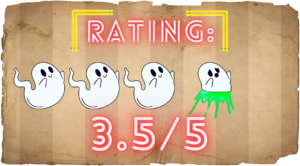
We watched Flee the Light as part of our Blood in the Snow 2021 Festival coverage.
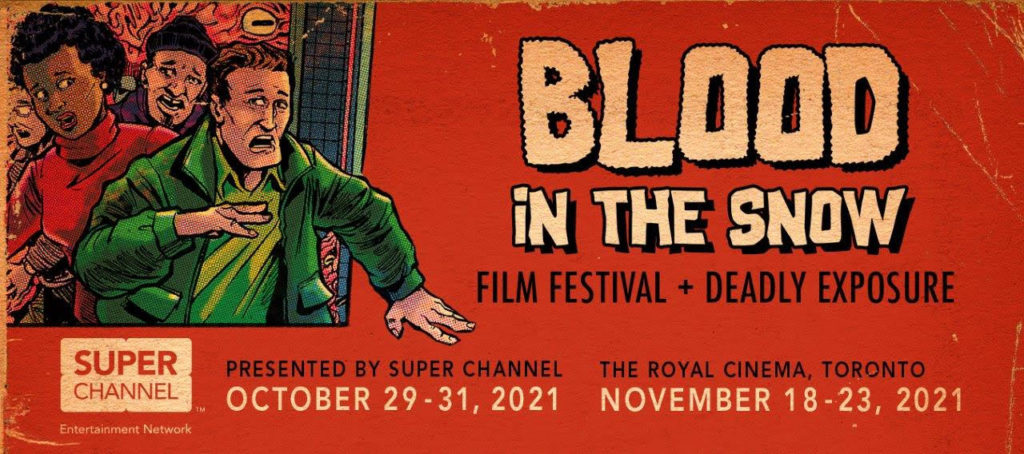
More Film Festival Coverage
What I Remember (2024) Film Review – A Glitchy, Heartfelt Tale of Queerness, Memory, and Rural Isolation [Unnamed Footage Festival]
In the sun-bleached stillness of Brookehaven, a rural town that feels both timeless and suffocating, two strangers form a fragile but radiant bond. What I Remember is the debut feature…
Bingo Hell (2021) Film Review – You Win, You Die!
There aren’t a lot of production studios left that are devoted to horror. The two big ones that come to mind for me are Sam Raimi’s Ghosthouse Pictures and Blumhouse….
Eyes of Fire (1983) Film Review – Early Stirrings of Folk Horror
The seminal American folk horror film Eyes on Fire has been unavailable on home video for decades. Thankfully, the good people at Severin Films has given the title a 4k…
The Ghost Station (2022) Film Review [FrightFest]
The Ghost Station is a 2022 South Korean horror thriller, written and directed by Yong-ki Jeong, with additional writing from Soyoung Lee, c, and Koji Shiraishi. Takahashi and Shiraishi are…
Annular Eclipse (2021) Film Review – Chinese Cyberpunk Is A Total Triumph
Sometimes you luck into a genre film so good that you feel the need to champion it, to place your hopes in it to reach the hearts and minds of…
The Chamber of Terror (2021) Film Review – Canada’s Evil Dead
“The Lord giveth. The chamber taketh away.” The Ackerman’s have a family business: torture. When older brother Tyler (Seth O’Shea) goes missing, his sister Ava (Jessica Vano) is left in…
![What I Remember (2024) Film Review – A Glitchy, Heartfelt Tale of Queerness, Memory, and Rural Isolation [Unnamed Footage Festival]](https://www.grimoireofhorror.com/wp-content/uploads/2025/04/What-I-Remember-2024-cover-365x180.jpg)
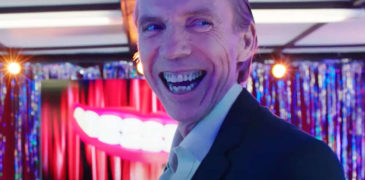
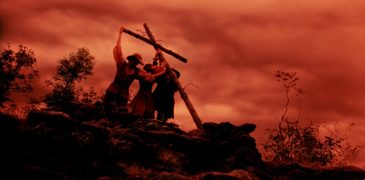
![The Ghost Station (2022) Film Review [FrightFest]](https://www.grimoireofhorror.com/wp-content/uploads/2023/08/The-Ghost-Station10-365x180.jpg)
